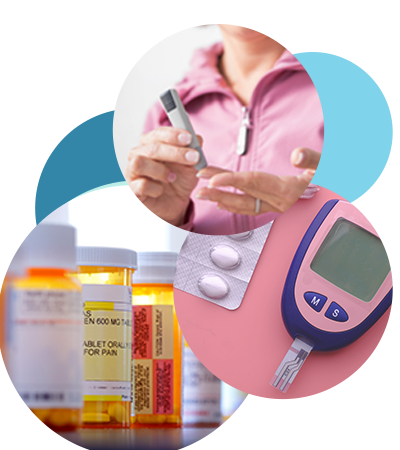Types of Diabetes
Diabetes comes in several forms. Each has its own risk factors, symptoms and treatments, though they share common features. The different types of diabetes include:
Type 1 diabetes
For people with type 1 diabetes, their pancreas cannot make enough insulin to break down glucose. The glucose then builds up, causing high blood sugar levels. Learn more about type 1 diabetes.
Type 2 diabetes
People with type 2 diabetes can make insulin, but their body can’t use it to break down glucose. The glucose then builds up, causing high blood sugar levels. Learn more about type 2 diabetes.
Gestational diabetes
Some pregnant people who don’t have diabetes can have high blood sugar levels during pregnancy and develop gestational diabetes. Learn more about gestational diabetes.
Prediabetes
People with prediabetes have a higher blood sugar level than normal. This raises their risk of getting type 2 diabetes. Learn more about prediabetes.
HPSM’s Diabetes Prevention Program (DPP)
If you have prediabetes, HPSM’s DPP can help. This program is available to eligible HPSM Medi-Cal and CareAdvantage members at no cost. Get personalized support from a trained Lifestyle Coach in weekly group sessions. Your Lifestyle Coach will show you how to make a healthy plan – and stick to it. Learn about the program.
